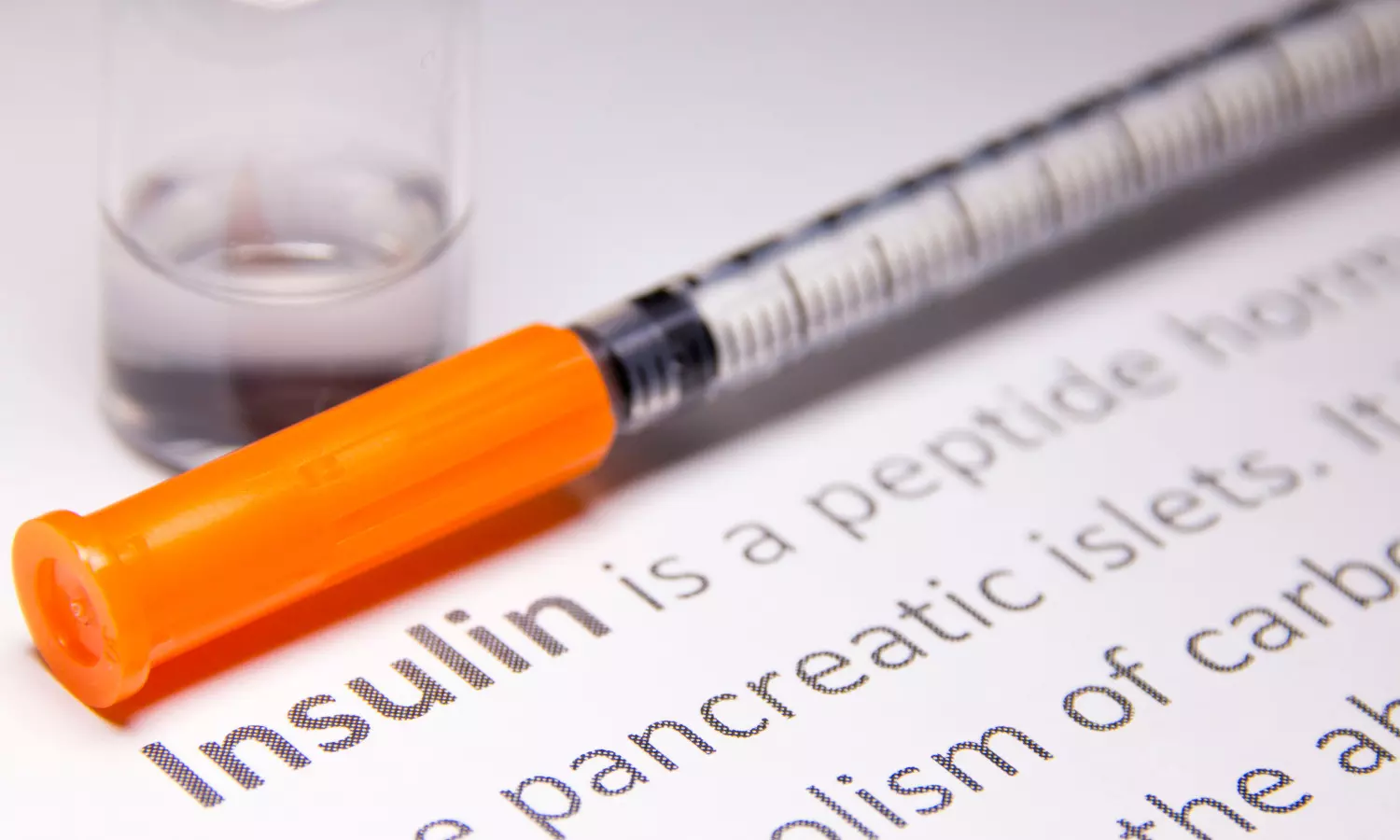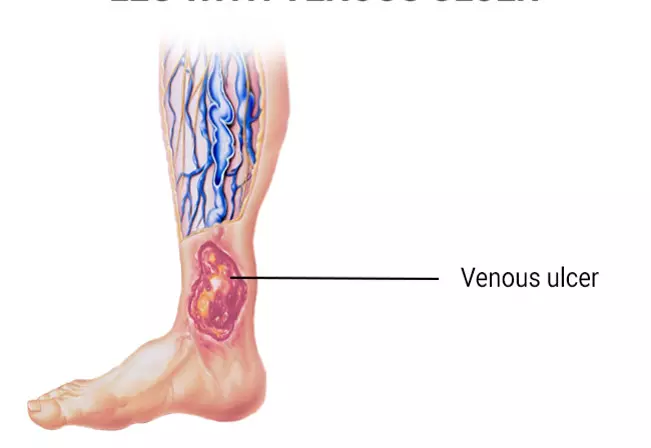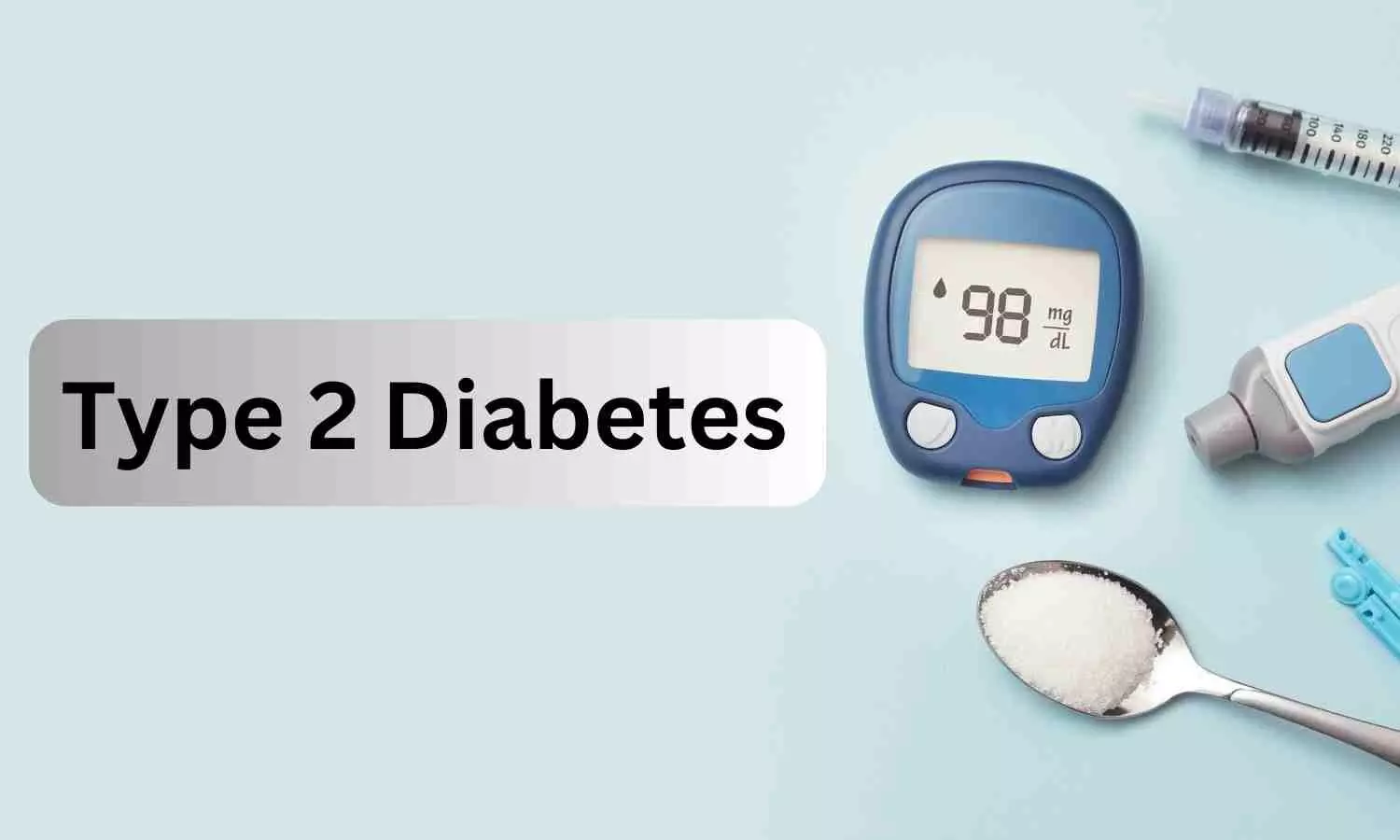Organization urges IOC to cut ties with soft drink manufacturer in interests of athletes, spectators, planet
Powered by WPeMatico
Powered by WPeMatico
Powered by WPeMatico
Powered by WPeMatico

New Delhi: Gujarat Chief Minister Bhupendra Patel expressed immense pride on Tuesday following the state’s top ranking in the Sustainable Development Goals (SDG) index released by Niti Aayog.
Patel highlighted Gujarat’s substantial achievements, particularly in reducing maternal and child mortality rates.
According to an ANI report, Taking to the social media platform X, the Chief Minister wrote, “It is a matter of great joy and pride for Gujarat that the state has remained first in the country in the health facility and well-being sector for the second consecutive time in the Sustainable Development Goals index announced by Niti Aayog”.
Also Read:Union Health Minister, Gujarat CM lay foundation stone of cancer hospital in Rajkot
“The state has achieved this by significantly reducing maternal and child mortality and improving institutional delivery and child care. This success is due to a large increase in complete gasification.”, the tweet further added.
Hailing the leadership of Prime Minister Narendra Modi, he said, “In addition, there is excellent performance in controlling infectious diseases such as TB and HIV/AIDS, along with a significant reduction in circulation and an increase in medical and paramedical manpower. The state has been successful in achieving this feat. Under the guidance of Honorable Prime Minister Shri @narendramodi, the citizens of the state will be able to achieve the same level as the developed countries of the world. The Gujarat government is committed to creating top-notch health facilities”, news agency ANI reported.
Earlier on Monday, under the ‘Ek Pedh Maa Ke Naam’ campaign, CM Patel took an innovative step and inspired the Women and Child Welfare Department to plant 53,065 trees with children in Anganwadis across the state.
Through this initiative, the CM has adopted an inspiring approach towards environmental conservation and has inculcated the habit of cultivating and nurturing trees among the Anganwadi children in the state.
The CM initiated the statewide campaign of planting saplings with the children on the first day of the holy month of Shravan. Under the ‘Ek Pedh Maa Ke Naam’ campaign, a total of 3.15 lakh saplings will be planted in Anganwadis across the state.
Powered by WPeMatico

Guwahati: The Cyber Police Station of the Criminal Investigation Department have successfully recovered Rs 42 lakh in connection with a financial fraud case involving a Guwahati-based doctor who lost Rs 2 crore.
According to media reports, the doctor lost the money after falling victim to an unsolicited link on Facebook. Upon clicking the link, he was directed to a Telegram group where investment tips were shared. Following these tips, the doctor made several investments that initially yielded good returns.
Also read- Woman poses as AIIMS Delhi Cardiologist, dupes IT professional with promise of marriage
The doctor had been investing for the past three months between from April 3 to May 27 but issues began when he attempted to withdraw his returns. The cybercriminals behind the scheme imposed a so-called tax on the returns, eventually demanding up to Rs. 2 crore in tax payments.
After embezzling the funds, the criminals cut off all communications with the victim. Upon realising that he was duped by the online fraudsters, the victim approached the Cyber Police Station and filed a complaint on July 1.
Following the complaint, the CID cyber division quickly launched an investigation and successfully tracked down the source recovering a portion of the stolen funds.
As per a Guwahati Plus news report, the investigation team found out that the fraudsters used 7 different bank accounts to steal and store the funds. These accounts include ICICI Bank, Axis Bank, Bank of Baroda, Canara Bank, UCO Bank, and two accounts from Punjab National Bank (PNB).
In a post on ‘X’, the official handle of the CID Assam wrote, “The recovered has been money credited back to the victim’s bank account. Efforts are on to recover the remaining lost amount.”
Also read- Ambulance Business Scam: Surat Doctor accused of duping 12 doctors of Rs 5.25 crore
Powered by WPeMatico

USA: Research suggests that rules for starting statin and blood pressure (BP) medications may be revised with a new and enhanced cardiovascular risk prediction tool.
Employing the PREVENT equations would reclassify 53% of US adults into lower atherosclerotic cardiovascular disease (ASCVD) risk categories, while only 0.41% would be moved to higher risk categories, according to the current definitions by the American College of Cardiology (ACC) and American Heart Association (AHA).
Applying these risk estimates to current treatment criteria would reduce the number of eligible statin users from 81.8 million to 67.5 million and decrease candidates for antihypertensive therapy from 75.3 million to 72.7 million, based on nationally representative projections by Arjun Manrai, Department of Biomedical Informatics, Harvard Medical School, Boston, Massachusetts, and colleagues.
The projected outcome: an additional 107,000 cases of myocardial infarction (MI) or stroke over ten years, the researchers reported in JAMA.
Since 2013, the American Heart Association (AHA) and the American College of Cardiology (ACC) have recommended the pooled cohort equations (PCEs) for estimating the 10-year risk of ASCVD.
A recent AHA scientific advisory group developed the Predicting Risk of Cardiovascular Disease EVENTS (PREVENT) equations, which now include kidney measures, exclude race as a factor, and offer improved calibration for contemporary populations. While PREVENT equations yield lower ASCVD risk predictions than the PCEs, the potential clinical implications of these differences have yet to be fully quantified.
Against the above background, James A. Diao, Department of Biomedical Informatics, Harvard Medical School, Boston, Massachusetts, and colleagues estimated the number of US adults who would experience changes in risk categorization, treatment eligibility, or clinical outcomes when applying PREVENT equations to existing ACC and AHA guidelines.
The study analyzed a nationally representative cross-sectional sample of 7,765 U.S. adults aged 30 to 79 years, who participated in the National Health and Nutrition Examination Surveys from 2011 to March 2020, with response rates ranging from 47% to 70%.
The main outcomes measured included differences in predicted 10-year ASCVD risk, risk categorization by the ACC and AHA, eligibility for statin or antihypertensive therapy, and projected occurrences of myocardial infarction or stroke.
The study led to the following findings:
“Using the PREVENT equations to assign lower ASCVD risk predictions could lead to a reduction in eligibility for statin and antihypertensive therapy among 15.8 million U.S. adults by adjusting current treatment thresholds,” the researchers concluded.
Reference:
Diao JA, Shi I, Murthy VL, et al. Projected Changes in Statin and Antihypertensive Therapy Eligibility With the AHA PREVENT Cardiovascular Risk Equations. JAMA. Published online July 29, 2024. doi:10.1001/jama.2024.12537
Powered by WPeMatico

India: A study published in the Indian Journal of Medical Sciences revealed that both Basal-Bolus and Premixed Insulin Regimens significantly enhanced glycemic control without being linked to any severe hypoglycemia episodes.
Insulin therapy is fundamental in managing type 2 diabetes mellitus for most patients, given the chronic and progressive nature of the condition. Selecting the appropriate insulin depends on the patient’s meal content and pattern, expected adherence and compliance to insulin therapy, and potential drug interactions with existing oral hypoglycemic agents. The complexity of the regimen also plays a crucial role in determining patient adherence.
Several studies have compared the basal-bolus (BB) and premixed (PM) insulin regimens with varying results. The study, conducted by Prithwis Mitra, Department of Pharmacology, Institute of Post-Graduate Medical Education and Research, and Seth Sukhlal Karnani Memorial Hospital, Kolkata, West Bengal, India et. al. aimed to assess glycemic control and the incidence of hypoglycemia in insulin-naïve patients with type 2 diabetes mellitus (T2D) within the Indian subpopulation.
This study involved a 12-week prospective, observational analysis of 60 adult patients (equally divided 1:1) who had been living with T2D for over 7 years and were not well-controlled on three oral medications. The researchers evaluated changes in glycemic parameters at weeks 4 and 12, and recorded hypoglycemia events.
The key findings of the study are as follows:
The researchers concluded that Both treatments significantly enhanced glycemic control and did not result in severe hypoglycemia episodes. Thus, the decision should be based on factors related to the insulin regimen (dosage, complexity) and the patient (dietary habits, adherence levels).
Reference
Mitra P, Siddhanta S, Yasmin N, Sengupta G. Glycemic control and adverse effects in patients with type 2 diabetes receiving basal-bolus insulin regimen versus premixed insulin regimen: An observational study. Indian J Med Sci. 2024;76:56-60. doi: 10.25259/IJMS_204_2023
Powered by WPeMatico

USA: A secondary analysis of a completed study published in the European Journal of Preventive Cardiology suggests that cocoa flavanols might lower the risk of developing atrial fibrillation (AF) over time, potentially through mechanisms related to atrial remodeling.
Cocoa flavanols, naturally occurring compounds found in cocoa beans, are known for their potential cardiovascular benefits. Prior research has linked cocoa flavanols with improvements in blood pressure, endothelial function, and overall heart health.
While numerous large-scale, long-term cohort studies have investigated the impact of cocoa flavanols on cardiovascular health, the direct link between cocoa flavanols and atrial fibrillation remains unclear. Although research on chocolate consumption offers some indirect evidence supporting the role of cocoa flavanols, these studies are complicated by the variability in chocolate’s caloric and saturated fat content and inconsistent flavanol levels.
To fill this knowledge gap, Christine M Albert, Brigham and Women’s Hospital and Harvard Medical School, Boston, MA, USA, and colleagues designed the COSMOS trial to investigate the effects of cocoa flavanol supplementation on various aspects of cardiovascular health.
For instance, the Danish Diet, Cancer, and Health cohort study found that participants who consumed chocolate up to six times a week had a 20% lower risk of developing AF than those who ate chocolate less than once a month (hazard ratio [HR] 0.80). Conversely, the Women’s Health Study and the Physicians’ Health Study did not observe any association between chocolate consumption and incident AF. Furthermore, a recent meta-analysis of five studies, including these cohorts, found no overall correlation between chocolate intake and AF.
“Given these mixed results and the limited focus on cocoa flavanols specifically, further research is required to clarify their role in preventing atrial fibrillation,” the researchers wrote.
Adding that, “The variability in study findings underscores the necessity for large, well-designed primary prevention trials to better understand the potential benefits of cocoa flavanols on heart rhythm and overall cardiovascular health.”
“Participants who received cocoa extract supplements experienced a significant reduction in the incidence of atrial fibrillation over 5.5 years. This effect may be attributed to the properties of cocoa flavanols, which potentially contribute to atrial remodeling and offer protection against the development of AF,’ they concluded.
Reference:
Middeldorp, M. E., Manson, J. E., Aragaki, A. K., Clar, A., Sesso, H. D., & Albert, C. M. Cocoa flavanol supplementation and incident atrial fibrillation in the COSMOS trial. European Journal of Preventive Cardiology. https://doi.org/10.1093/eurjpc/zwae229
Powered by WPeMatico

A new review study published in the recent issue of the Wound Repair and Regeneration journal found study data to support the use of platelet-rich plasma (PRP) in the treatment of venous ulcer patients. Ulcers or chronic wounds are skin breaches that often reoccur and either do not heal at all or take a very long period to cure. Numerous ulcer forms, including venous, arterial, diabetic, pressure, and traumatic ulcers, can be classified as non-healing ulcers. The most prevalent type of chronic ulcers affecting the lower extremities among all of them are venous ulcers, which have a major effect on both job productivity and quality of life. In the population over 60, the prevalence of chronic venous insufficiency ranges from 1% to 2%. In the past, anatomical processes of valvular incompetence were the main focus of research on venous reflux illness. Recent studies on the cellular and molecular causes of venous insufficiency have demonstrated that the illness is a multifaceted, intricate process that reflects both cellular inflammatory response and systemic anomalies in connective tissue formation.
PRP, or autologous platelet rich plasma, is a blood-derived substance that is becoming more and more popular in therapeutic settings. Among its many uses, PRP has replaced traditional dressings for the treatment of chronic ulcers. Thus, this study by Tianbo Shi and colleagues was to assess the clinical evidence supporting the use of platelet-rich plasma in the treatment of venous ulcers (VUs). Electronic searches utilized Web of Science, Embase, PubMed, and the Cochrane Library data and to evaluate the methodological quality, AMSTAR-2 was employed. The GRADE method was used to evaluate the quality of the evidence. Due to the constraints of entries 2, 4, and 7, AMSTAR-2 determined that the methodological quality of the included reviews was usually insufficient. The outcome of the measures through evidence of quality was insufficient because of bias risk and imprecision.
Many studies document the effective use of platelet-rich plasma in the treatment of venous ulcer patients. The efficacy of platelet-rich plasma appears to be supported by the data, despite this study also highlights a number of shortcomings. However, given the methodological shortcomings of the included systematic reviews and meta-analyses, these findings requires caution in interpretation.
Reference:
Shi, T., Hu, S., Hui, J., Ji, Y., & Zhang, Y. (2024). An overview of systematic reviews of clinical studies of platelet‐rich plasma for venous ulcers. In Wound Repair and Regeneration. Wiley. https://doi.org/10.1111/wrr.13201
Powered by WPeMatico

Current medical guidelines recommend that people in a preliminary stage of type 2 diabetes lose at least 7 percent of their body weight in order to prevent manifest diabetes. In an article in Nature Reviews Endocrinology, diabetes experts Prof. Andreas Birkenfeld and Prof. Viswanathan Mohan advocate glycemic remission (normalization of blood sugar regulation) as a prevention goal for people with prediabetes or a high risk of type 2 diabetes. The article’s claim is supported by numerous international scientists as well as by the DZD’s Prevention Academy.
Prediabetes is the greatest risk factor for the development of type 2 diabetes (T2D). In the preliminary stage of diabetes, fasting blood sugar is already elevated and glucose tolerance is impaired (see Box 1). To prevent the development of T2D and damage to blood vessels, lifestyle changes, such as diet and more exercise, are usually used to combat prediabetes. The US guidelines from the American Diabetes Association (ADA) recommend reducing body weight by at least 7%. Nevertheless, the number of diabetes mellitus cases has almost quadrupled since 1980 and the incidence continues to rise—especially in low-income countries. In low- and middle-income countries, the global age-standardized mortality rate for diabetes has also risen by 13% over the past 15 years. According to the two authors, improved strategies are needed to reduce the massive increase in the incidence and prevalence of T2D worldwide and to address the disparities in rates of diabetes mellitus. In addition to weight reduction, they also advocate for incorporating the normalization of blood sugar regulation (prediabetes remission, see Box 1) into diabetes prevention.
The concept of “prediabetes remission” was established in analyses of the Prediabetes Lifestyle Intervention Study (PLIS) of the German Center for Diabetes Research (DZD) and the US Diabetes Prevention Program (DPP). The studies showed that in some patients with prediabetes (~40%), weight loss (≥5% of original body weight) led to prediabetes remission. Fasting blood sugar, glucose tolerance and HbA1c levels normalized in this group (see Box 2). Participants who had achieved remission showed a 73% reduced risk of developing T2D even two years after the end of the lifestyle intervention. They also showed reduced markers of kidney damage and better condition of their blood vessels. Some of the participants did not achieve remission despite losing weight and still had prediabetes.
Studies have shown that a greater reduction in visceral abdominal fat and improved insulin sensitivity are crucial in achieving prediabetes remission. The authors’ hypothesis is that improving insulin resistance promotes remission from prediabetes to normal glucose regulation. This could indicate that prediabetes remission targets a point in time at which the beta cells are not yet permanently damaged to a clinically relevant extent. This could make prediabetes a window of opportunity to preserve beta cell function in the long term.
Researchers investigated whether weight loss-induced prediabetes remission is more effective than the currently recommended strategies for preventing type 2 diabetes. They analyzed the data of 480 participants in the Diabetes Prevention Program (DPP) who had prediabetes and had lost at least 7% of their weight through a one-year lifestyle intervention. Blood sugar levels normalized in 114 people (prediabetes remission), while the majority of the 366 participants did not improve their blood glucose regulation. Preliminary results indicate that individuals who achieved prediabetes remission in combination with weight loss of ≥7% reduced their relative risk of diabetes mellitus by 76% over six years compared to weight loss of ≥7% alone.
The authors suggest that remission to normal glucose regulation should be considered in prevention strategies for people with prediabetes. Weight loss plays a decisive role in this regard. The results suggest that people with prediabetes who do not achieve remission after losing at least 7% of their body weight should continue to lose weight until they reach their individual threshold or take other measures.
“We believe that prediabetes remission should be considered in future studies and guidelines as it has the potential to protect beta cell function from the development of type 2 diabetes and possibly reduce the rising incidence and prevalence of type 2 diabetes worldwide,” says Prof. Andreas Birkenfeld. Future studies should clarify whether prediabetes remission can also lead to reduced complication rates.
Reference:
Birkenfeld, A.L., Mohan, V. Prediabetes remission for type 2 diabetes mellitus prevention. Nat Rev Endocrinol 20, 441–442 (2024). https://doi.org/10.1038/s41574-024-00996-8.
Powered by WPeMatico
